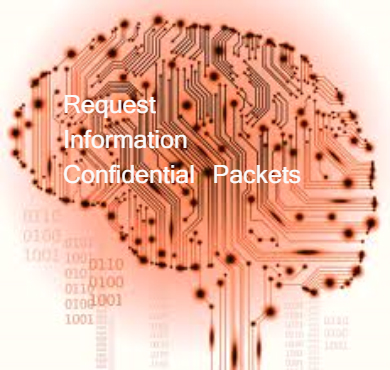Microgaming Web Products and Internet Protocol Security
Microgaming Web Products and Internet Protocol Security
Being a company, which provides various web products (for online gambling market), Microgaming can’t ignore security issues. It works with different types of gamblers’ sensitive data and that’s why this enterprise provides all necessary protective measures, including, of course, Internet Protocols Security.
Each of its web products is well-prepared to process the communication logs, which are required by the standards of various monitoring authorities.
Therefore, Microgaming projects are considered reliable and completely safe for playing.
Internet Protocol Security in Microgaming
This kind of protection is implemented for creating the secure networks for a trusty communication. It includes two types of tools:
– AH (Authentication Header) that verifies the info;
– ESP or Encapsulating Security Payload that serves for verifying the sender of the files and encoding received data.
The essential info needed for these utilities is embedded in the packet’s header. Usually, some key protocols are chosen (e.g. ISAKMP/Oakley).
IPsec Protocols
This term can be defined as a communication log for the network that provides authentication and ciphering of the data. Web documents of this kind also include statements that allow a verified communication between two parties and regulate the key exchange. So, it secures host-to-host, network-network, and network-host info torrents.
For maintaining a reliable protection, Microgaming IPsec contains various cryptographic services and other methods like some levels of authentication, DI (data integrity), ciphering, and etc.
The main advantage of it is being the only option of automatic protecting the app traffic going through IP net.
Encapsulating Security Payloads (ESP)
It is a part of IPsec that is responsible for the following matters:
– Defining the origin of the receiving requests;
– Info consistency;
– Keeping packets confidential.
Different modes of ESP work in various manners. Thus, comparing to AH, it can not provide the complete packet’s verification and its integrity in the transport status. However, during the Tunnel mode, it maintains the internal protection for the whole IP file, leaving behind only an outer header without safeguarding.
Payload Data
PD refers to content (from the initial IP packet), which is secured with Initialization Vector (as an encryption key chain). Next Header serves as an indication of this kind of data.
Pad Length
It can be described as the range of padding (measured in bytes).
Security Parameters Index
SPI has a role of some value that is assigned (combined with the IP address of the endpoint) to secAssociation of the receiver.
Padding
This element is used for enlarging the length of PD to the extent fitting the size of the ciphering block.
Sequence Number
SN works as a tool that adds 1 figure for every sent packet to oppose the replay hacking.
Integrity Check Value
This value may vary depending on what it is applied to. So it has a particular padding to adjust the field to 8-byte limit for IPv6 (4-byte for IPv4).
Next Header
NH value can be found in the directory of the IP protocol numbers.
Authentication Headers (AH)
AH are another part of IPsec. They are for ensuring that the permanent IP packets consistency and the spotting data origins are maintained. In addition, they might be capable of protecting from replay aggression.
Payload Len
The size of it is formalized as 4-byte units – 2. However, for IPv6, the length should be a multiple of 8 bytes.
Next Header
It indicates which of the top-layer protocols is under protection.
Sequence Number
Those numbers can’t be reused multiple times, as they ought to be regenerated each time after the replay attack.
Other
Integrity Check Value and Security Parameters Index – the same as for ESP.
Security Associations (SA)
The structure of IP security has a conception of an SA. It plays a role of a foundation for encrusting safety duties into IP. This is a bunch of sequences and key chains, used for encoding and verifying the particular traffic. Usually, a couple of secAssociations are used for securing flows.
Tunnel and Transp
In Tunnel mode the whole IP file is encoded and authenticated. Then the process of encapsulating starts with a new IP header and packet. This procedure is used for such connections as routers to websites, a distant user access, and a private chatting.
In Transp mode just payload is to be ciphered. The current data flows perfectly, as there is no modification allowed concerning IP addresses. In this case, all layers are guarded by a hash.
Algorithms
Microgaming uses different algorithms for creating a perfect encryption system that enhances the level of safety. In IPsec the next ones are commonly used: HMAC-SHA1/SHA2 (integ/authent processes), Triple DES-CBC (for maintaining secrecy), AES-GCM (it has advantages combined with the mentioned algorithms).


